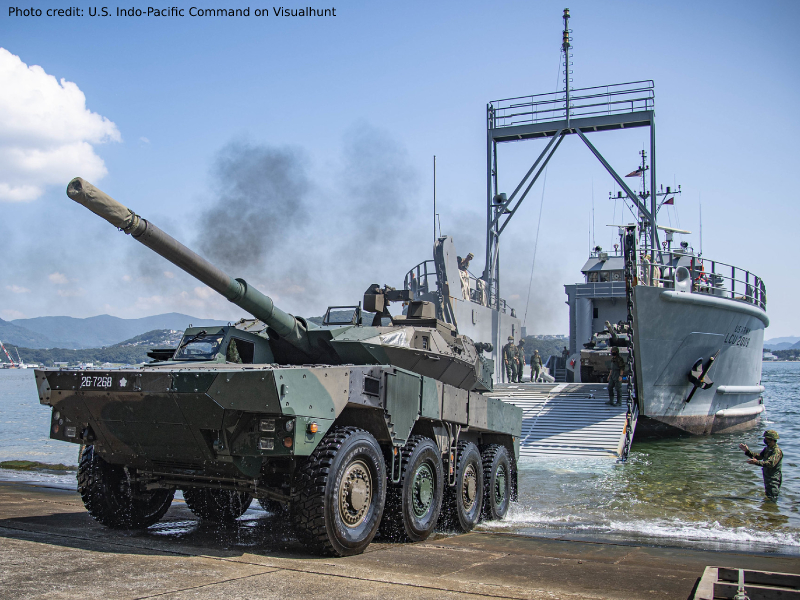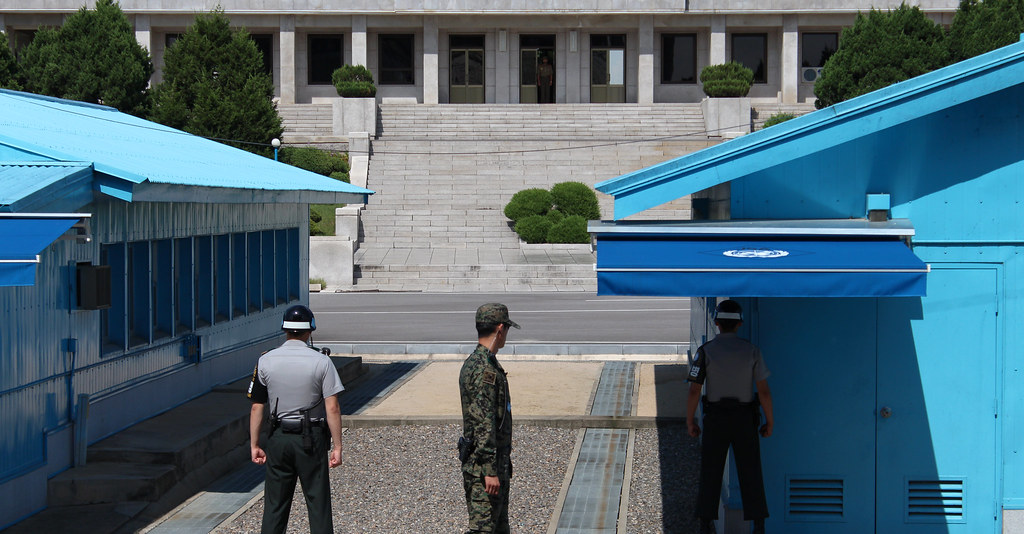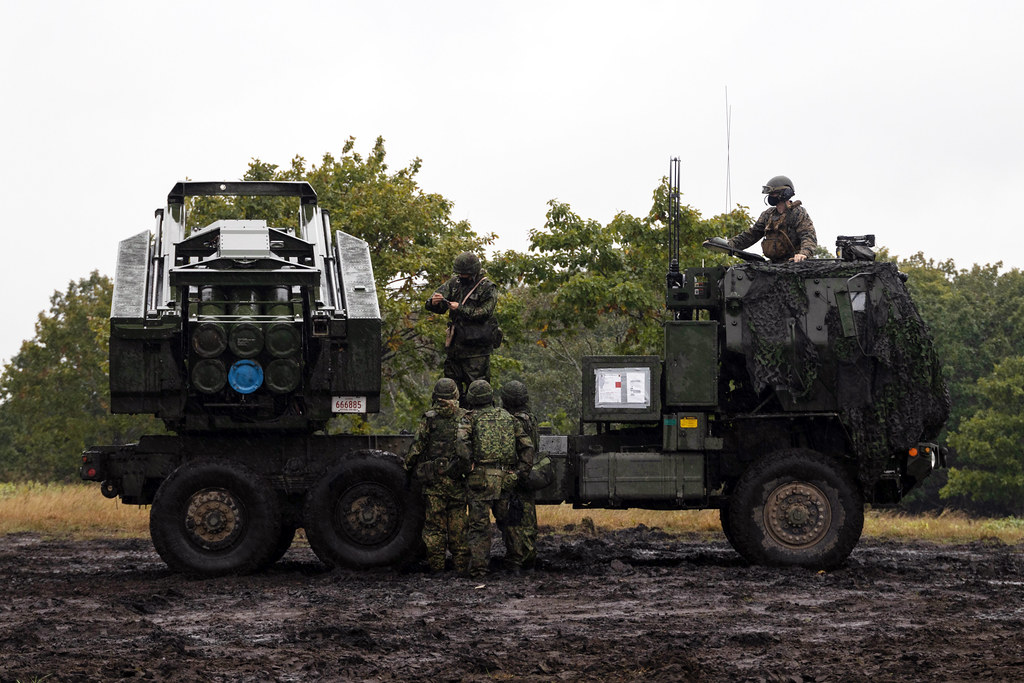
Verzija teksta na srpskom jeziku autora Nemanje Stevanovića dostupna je na sledećem linku: Članak na srpskom jeziku
The increasingly frequent nuclear testing by the Democratic People's Republic of Korea (DPR Korea or North Korea) and the violation of Japan's exclusive economic zone peaked last autumn when, according to the official statements by Tokyo authorities, a North Korean long-range missile flew over the Japanese archipelago and fell some 3,200 kilometres from the coast. This event further instilled fear among Japanese citizens and once again brought to the fore the issue of security and the possibility of a conflict in the Far East. In response, Japan decided to additionally strengthen its defence forces, increase the military budget, and partially abandon its pacifist policy. Such a move by Tokyo officials should not come as a surprise, seeing that back in September 2022, North Korean authorities adopted a law which declared this country to be a state possessing nuclear weapons, thus rejecting any possibility of forthcoming denuclearisation.
Taking the broader context and the fact that there are no mutual territorial disputes into consideration, the key hurdle in the relationship between Japan and North Korea appears to be the ideological and geopolitical orientation, as well as the issue of their relations with the USA and South Korea. While Japan is securing very close cooperation with the USA (through regular joint military exercises as well) and is a member of the USA-Japan-South Korea strategic triangle, the main ally and partner of North Korea has traditionally been China, in addition to relying on close relations and the support of Iran and the Russian Federation. Based on these initial observations, it seems clear that the intertwining of different interests in this region is incredibly complex, and relations between the key stakeholders have continually sparked instability at various levels for decades. The Cold War and its consequence – the 1950s Korean War – can be deemed one of the crucial reasons for this situation.
The solution that brought the cessation of hostilities on the Korean peninsula came in 1953 when the country was divided by the 38th parallel into North Korea and South Korea. The South, with its capital in Seoul, found support and protection in the USA, which had already been present in this region, seeing that the US forces were stationed in Japan after the Allied victory in World War II and based on the Peace Agreement signed with Japan on September 2, 1945. On the other hand, North Korea, with its capital in Pyongyang, chose to side with China and the former USSR, inheriting the communist ideology. The tensions and divisions created then have remained relevant to this day, and the increasingly frequent incidents are once again bringing the issue of security in East Asia into the limelight, as well as the possibility of a new conflict.

Thus, the latest turbulences between North Korea on the one side and its southern neighbour, Japan and the USA on the other, arose after another intercontinental missile launch in a series of North Korean attacks. But this time, unlike during previous incidents, the launch seems to have been taken very seriously by the Seoul-Tokyo-Washington Axis. The reason lies in the fact that two tests were carried out in a relatively short period of time (October-November) by using a rocket model still only speculated about. According to available sources, the Hwasong-17 intercontinental ballistic missile with a potential range of up to 15,000 km and the ability to equip a warhead is most often said to have been used, but there is still no official confirmation or evidence to support this claim. Therefore, it can be concluded that the main reasons for the current tensions in East Asia are the further development of weapons and the fear of the new generation of intercontinental ballistic missiles’ range, which can even reach land targets in the USA.
The question is, however, what prompted North Korea to behave more and more aggressively in recent months. Pyongyang seems to be emboldened both by the Russian aggression against Ukraine and by the tensions between China and the United States that particularly heightened during the US officials’ visit to Taiwan, an island China considers part of its territory. Although North Korea has been facing sanctions from the United Nations Security Council regarding the proliferation of nuclear weapons since 1993, the fact that Russia and China would oppose any new US initiative to tighten sanctions encouraged Korea to commence and continue with its activities in this field.
Due to this development, the USA called for an emergency meeting soon after the missile launches, which was attended by representatives from Japan and South Korea, as well as from Canada, Australia and New Zealand. It is particularly interesting to look at Australia – a country becoming more ubiquitous in global events and continuously increasing its highly developed economic cooperation with Japan, which has great needs for numerous raw materials Australia has at its disposal. Thus, by securing the necessary resources, Japan will be able to smoothly implement the announced plans of strengthening its armed forces since the current practice of condemning trials and relying on allies and their capacities is no longer sufficient due to the current global situation. In addition to further strengthening its army, Tokyo officials also want the denuclearisation of North Korea to be completed, as this is the only way to remove any potential threat from Japan.
Hence, it is not surprising that numerous public opinion polls in Japan show that there is practically a consensus on the issue of further armament and open support for the procurement of new F-35 and F-16 fighter aircraft, the development of the space program and supporting systems, a new class of submarines and advanced tools in the domain of cyber warfare. However, the biggest step forward will be made to increase the military budget, which has also been recognised in the new national security strategy adopted by the Japanese government at the end of 2022. Per that document, Japan's military budget is planned to be doubled by 2027, and defence allocations will reach 2% of GDP. This means that in the next five years, this country will earmark more than 300 billion US dollars for the armed forces. According to official claims, further strengthening of ballistic missile defence, acquisition and development of cruise missiles, strengthening of the intelligence and reconnaissance capacities, and increasing the effectiveness of the surveillance and early warning systems will be the priority. It will be especially interesting to observe the procurement of offensive weapons and cruise missiles, which, according to the Japanese Ministry, would aim to successfully destroy all enemy bases and missile launch facilities at distances of up to 1,500 kilometres.

In addition to the announced plans and the budget increase, Japan participates in joint military exercises with the USA more often. According to the Japanese Ministry of Defence data, their Navy executed as many as 89 drills in 2022. Most were conducted in collaboration with the USA, while the naval forces of India, Australia, Canada and the United Kingdom partook in some exercises. Looking at the exercise scenarios and realisation dates, the seemingly most complex one was conducted right after the North Korean missile launches in autumn. As many as 26,000 Japanese, 10,000 American and a number of Australian and British soldiers participated in the exercise that began on November 19, 2022.
North Korea did not limit itself only to nuclear testing, but it is also putting in the effort to deepen relations with its partners. In addition to the historically inherited ties and the significant support of China and Russia, DPR Korea has not only been maintaining but also improving relations with the Islamic Republic of Iran, with which it has nurtured a strategic partnership since 1979. It was initially reflected in the exchange of Iranian oil for North Korean engineers and military instructors, which caused Iran to face serious accusations worldwide regarding its involvement in the development of the Hwasong-17 intercontinental ballistic missile. USA officials claim that Iran supported the evolving of this missile by providing precise technology specifically developed in this country and producing the engine used by Hwasong-17. UN experts came to a similar conclusion, and seeing that Russia, among other things, relies on utilising Iranian drones in Ukraine, the fear that this type of weapon could soon be in the arsenal of North Korean Armed Forces seems justified.
Pyongyang officials could, on the other hand, supply Iran with its Hwasong-12 ballistic missile. Sources close to the Iranian government claim that China is already considering the possibility of facilitating the transfer of Iranian oil to North Korea in exchange for this missile. Such an arrangement would also be in line with the 2021 Sino-Iranian agreement on political and economic cooperation, which defined the relations between these countries for the next 25 years. The acquisition of the abovementioned missile would be of great importance for Tehran and its armed forces since it would increase the possible range of its targets to 4,500 kilometres. Therefore, all of the above indicates that additional tensions can still be expected in East Asia due to the further strengthening of the region’s military potential. This part of the world is getting closer to the point where tensions and provocations may turn into an open conflict.
Translated and proofread by: Milica Milosavljevic
Author: Nemanja Stevanovic

